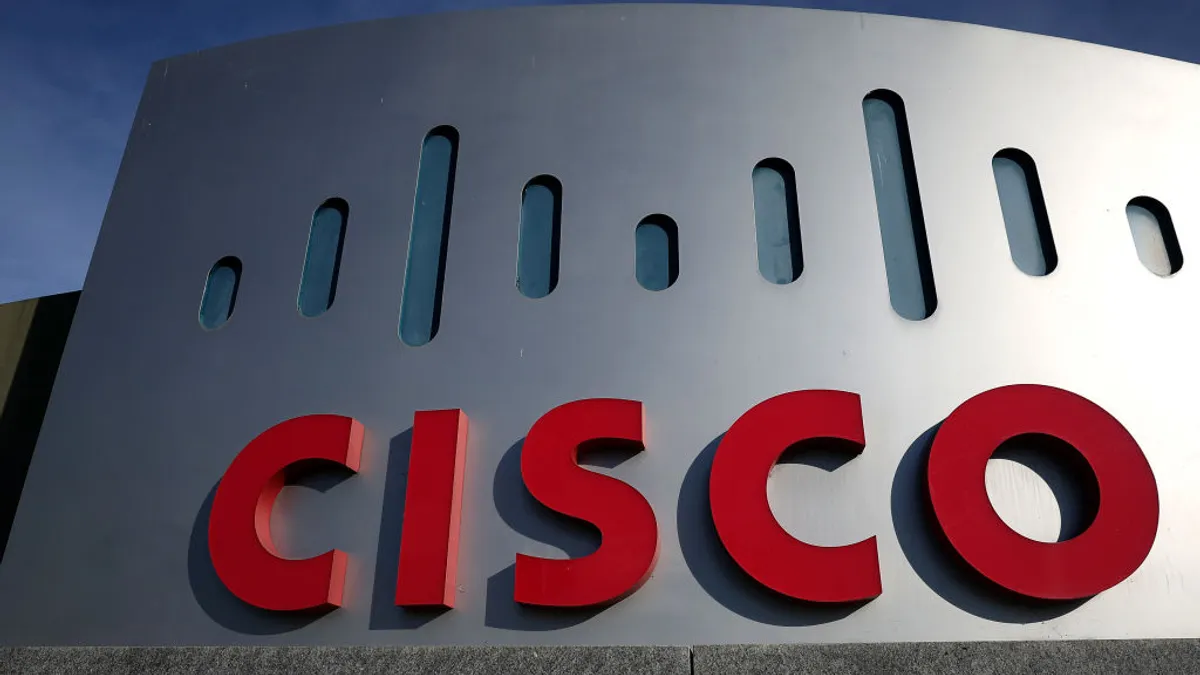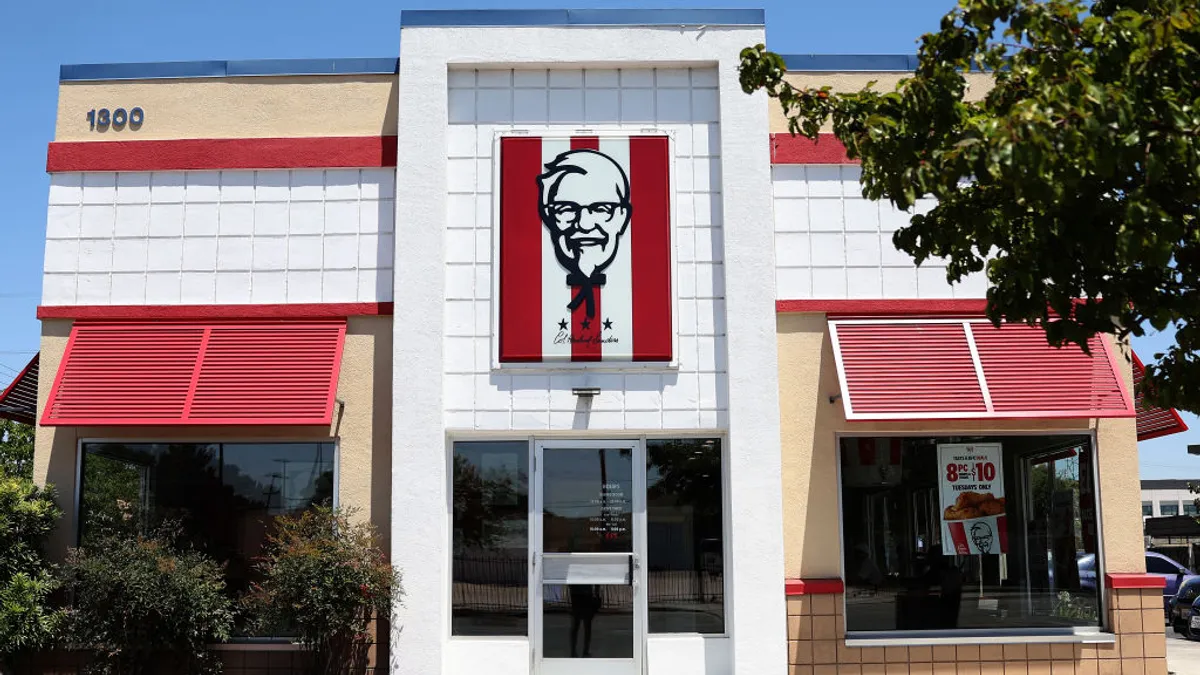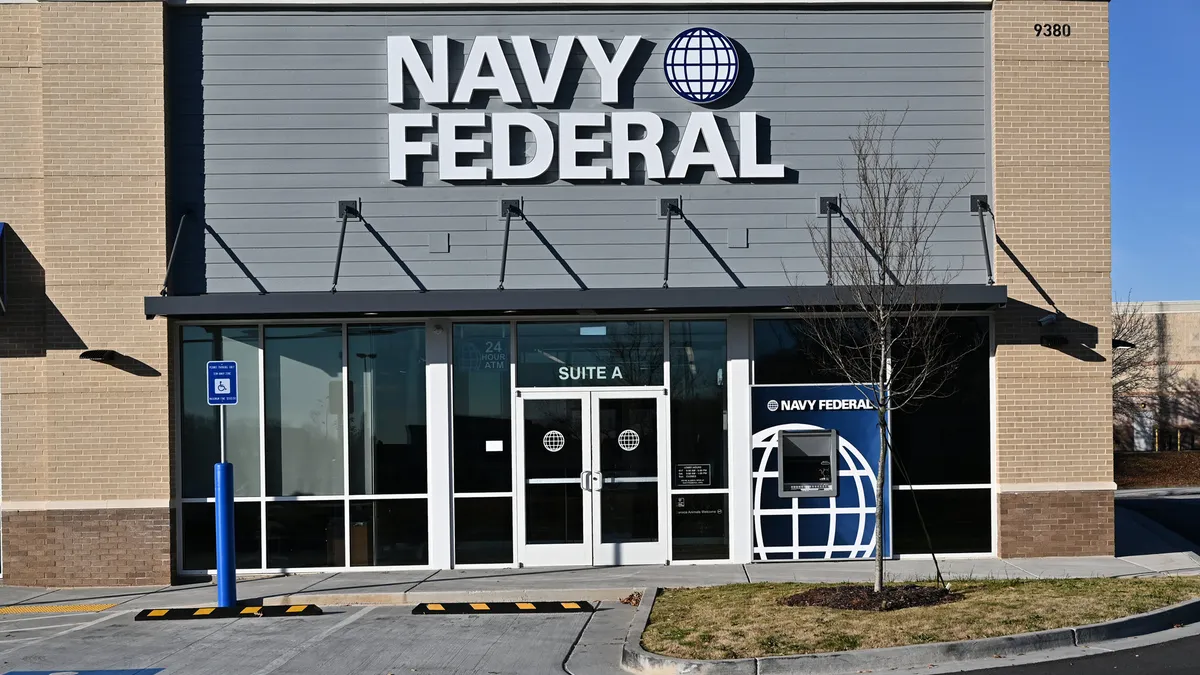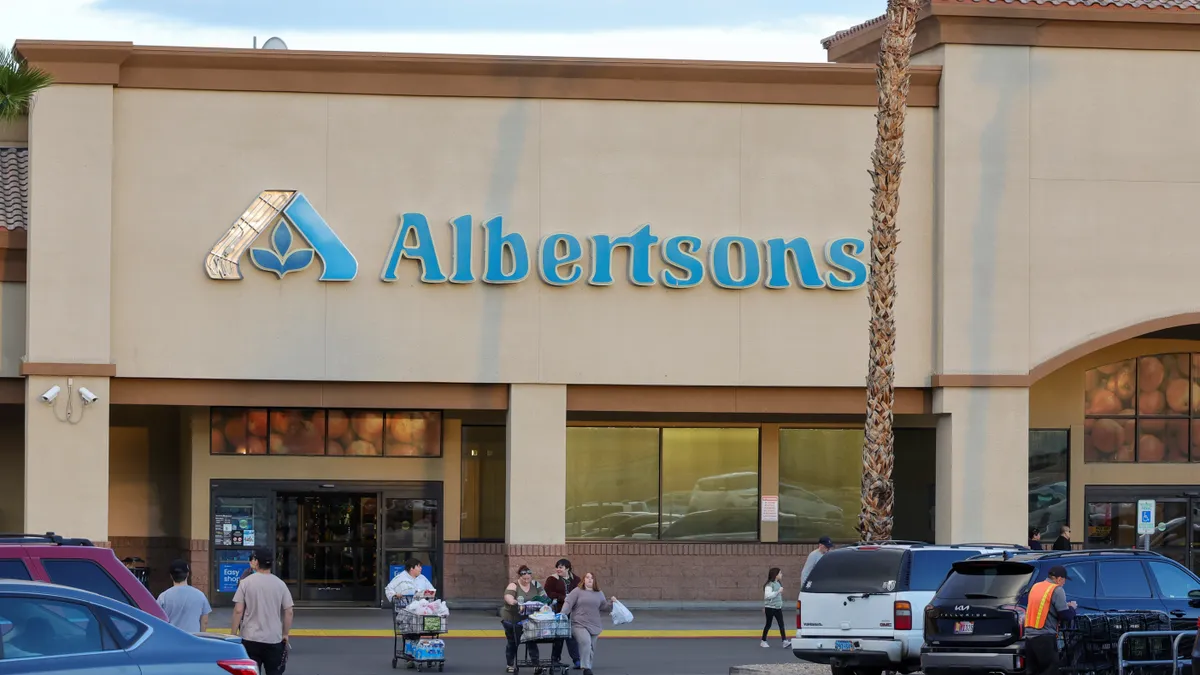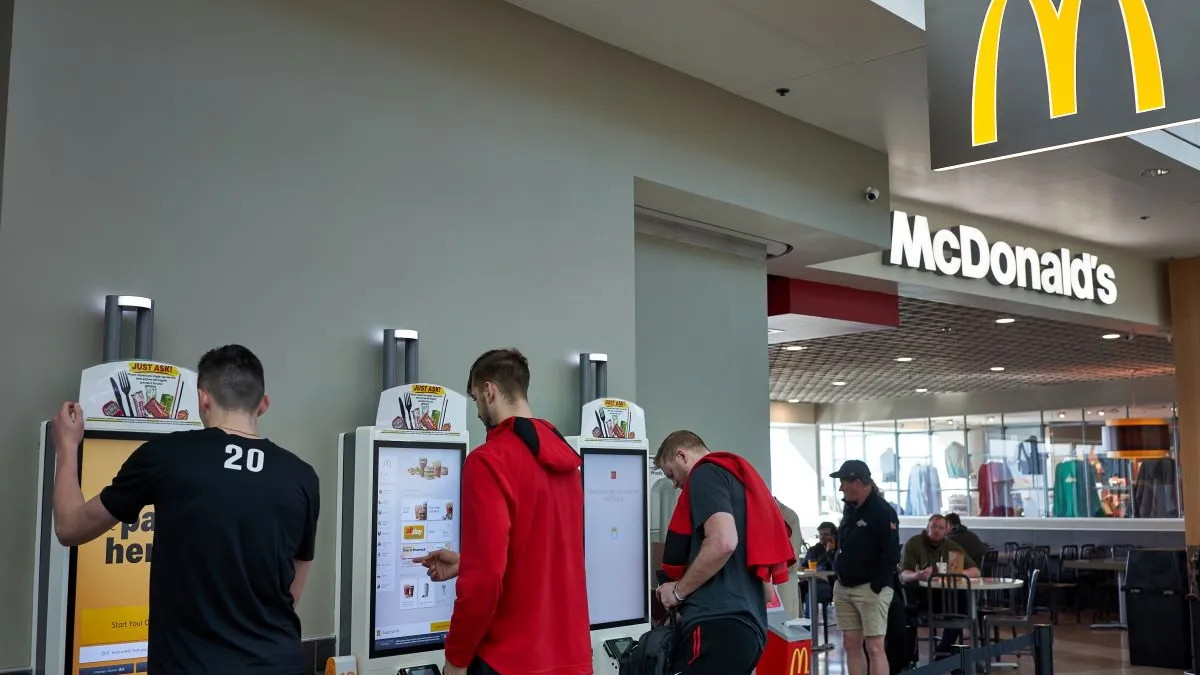Retailers differentiate their brands from the competition through product assortment, price and quality. Customer experience matters, too — particularly when it comes to return policies.
Part of Maine mainstay L.L. Bean’s reputation was originally built on its no-questions-asked policy, allowing any reasonable return for life. A 2018 article from The New Yorker recounted a customer who successfully returned an old piece of fishing equipment that appeared to have already provided decades of use.
But the rise of e-commerce has prompted many businesses to eschew the no-questions-asked approach, Steve Rop, COO of returns-management solution company goTRG, said in an email. Retailers now face more returns fraud, and the reverse logistics required to process online returns is pricey.
So, like other retailers, L.L. Bean eventually changed its famous policy.
“In 2018, in response to an increasing trend of misuse, we clarified our returns policy to better reflect the original intent of our guarantee and to protect price integrity for our customers,” an L.L.. Bean spokesperson told CX Dive in an email. “After one year we will work with customers if an item proves to be defective due to materials or craftsmanship.”
While such a decision aims to protect the business’ bottom line, it could bring about CX risks. A more cumbersome return policy may negatively impact what was once a simple experience, Kassi Socha, director analyst at Gartner, said. But it is possible for retailers to appease both their finance department and customers.
“The way that you communicate the steps to return is actually more of what makes it to be good or bad CX than the policy itself,” Socha said.
Practicality over policy
That’s not to say policies don’t matter at all, however. “The impact of retailer return policies is significant,” Rop said. Customer satisfaction, brand perception, trust and reduced risk are all at stake.
Though no-questions-asked return policies seem like they might enhance CX by providing maximum flexibility, CX is actually one of the reasons retailers have generally moved on from such setups, Socha said. Not asking questions is a missed opportunity for customer feedback.
“Retailers prioritizing their customer experience need to know why customers are returning what they’re returning — to ensure that they can strengthen the merchandise that they sell, how and why they offer it, and course-correct for any issues that are arising in the quality or assortment of what they're offering,” Socha said.
The other factor driving the decline in no-questions-asked policies, she continued, is finances. That not only includes guarding against fraud, but finding out why returns are happening can help manage inventory and improve margins.
And customers may be amenable to that reasoning. In 2018, when L.L. Bean announced its policy change to customers in a Facebook post, reactions were varied. Some customers were disgruntled, but many expressed support.
“LL Bean has wonderful merchandise and will honor any defective product. Lighten up,” one commenter said in response to those opposed to the policy shift. “They are just tired of all those people taking advantage. It’s a shame but you should understand.”
Customers are smart, Socha said. They are aware of return policies across the industry, and they understand why standards are necessary. Customers are looking for more than just liberal policies, she said, as it's less about the written policy and more about the practicality.
If a customer buys a product online and goes to a store to return it, only to find out online returns aren’t accepted in store, that’s a negative experience — no matter how liberal the policy, Socha said. If the policy is generous, but there are elaborate repackaging instructions to send the item back, that makes for a negative experience.
Through years of customer surveys, Gartner has found customers would consider shopping elsewhere if they perceived a retailer’s return policy to be bad or if it’s associated with a fee, according to Socha.
“A lenient and seamless return process translates into consumers believing that the retailer is flexible and friendly while reducing the perceived risk of the transaction. In consumers’ minds, confusing and overly complicated return policies signal that the retailer is attempting to make the returns experience difficult for one reason or another,” Rop said.
The future of returns
Despite the drawbacks of no-questions-asked returns policies, they met a need years ago when customer acquisition and retention was top of mind, according to Socha. Due to the inability to robustly measure the impact returns programs had on acquisition and retention, there wasn’t an immediately conveyable downside to not asking questions.
“You would do whatever it takes to have a variable account that you can retain,” Socha said.
Modern return policies focus on curbing returns altogether, Rop said. If a customer is satisfied upon purchase, that’s a positive for CX and for a company’s financials.
According to the National Retail Federation, the average retailer incurred $145 million in merchandise returns for every $1 billion in sales last year. Abuse and fraud in returns cost the industry around $101 billion, while the percentage of abuse and fraud impacting total returns was 13.7%.
One way to decrease returns is to increase customer satisfaction by providing customers with more information about products. Mark Mathews, NRF’s executive director of research, said in a video report about returns in 2023 that retailers have begun providing more in-depth product descriptions, so consumers know exactly what they’re purchasing. Virtual-reality technology allows people to see what furniture would look like in their houses before they buy.
Rop highlighted Amazon, which recently enabled a message on product design pages that warns customers of items that are returned frequently. Many Asia-based retailers offer returns insurance, he added, in which customers can pay extra to receive free shipping on returns and a larger return window.
If a customer wants to make a return, that should also be a frictionless experience. Socha predicted retailers would pursue that by expanding returns beyond the counter. Curbside returns could operate alongside buy online, pick up in-store programs. And technology could facilitate that, she added.
The frictionless experience will also pertain to communications around returns, Socha said. No longer can retailers get away with burying return policies in the frequently asked questions page on their websites. To increase conversion rates in e-commerce, retailers should communicate their policies on category pages, product pages and checkout, she said.
“The simplicity of communication around policy and the transparency around policies is the wave of the future, as well,” Socha said.




